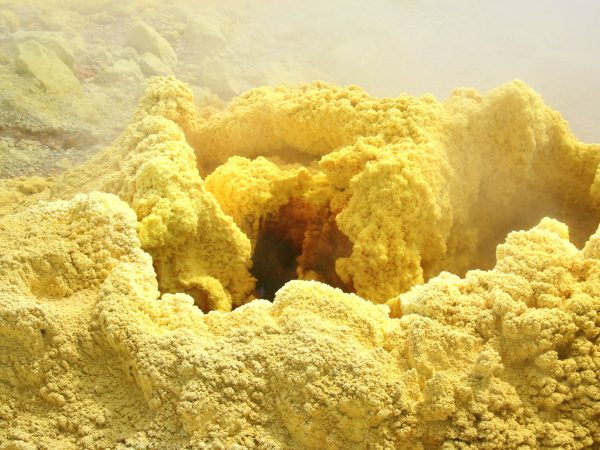Sulphur contains certain impurities. Since the origin and production methods of sulphur are not exactly the same, there are certain differences in the impurities and corresponding quantities they contain.
Some of the sulfur is produced from salt deposits by the formation of hot water fusion, and some is recovered from petroleum refining gas and natural gas by the Claus process. General impurities include steam, acid, organic hydrocarbon compounds, and some foreign solid substances, as well as dissolved or absorbed gases and so on. For sulfur deposited from volcanic deposits or pyrite deposits, there are also impurities such as arsenic and selenium.
These impurities present in sulphur have a certain influence on the production of sulphur. For example, inorganic solid impurities, if burned, gradually burn into dust and accumulate in the combustion chamber, increasing resistance as the sulphur dioxide stream is carried to the hot gas filter and deposited on the catalyst bed in the converter; Carbon dioxide and water vapour are produced.
When we calculate the hydrocarbons in sulfur, it is generally expressed by the carbon content, and the hydrogen content is measured by the ratio of carbon to hydrogen. If the hydrogen content accounts for 5/10,000 of the total sulfur content, a small amount of hydrogen sulfide will be produced during combustion, and the water vapor content produced is small, which has no effect on the contact sulfuric acid plant. However, if the hydrogen content When it exceeds 6/10,000 of the total sulfur content, the water vapor content will increase greatly, which will form acid mist, which will cause corrosion of the equipment, agglomeration of catalysts and the emission of very thick white smoke from the chimney of the absorption tower. In addition, arsenic contaminates the acid quality of the finished product, and selenium also adversely affects pulp quality in papermaking.

